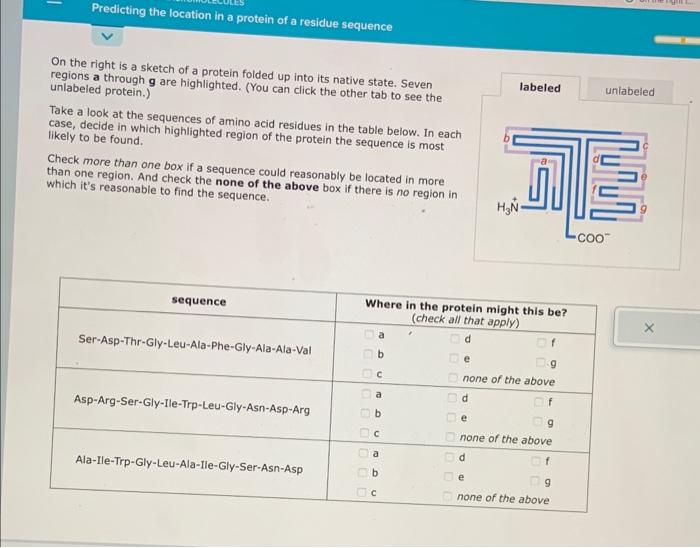What could most reasonably be concluded from the sermon above – What can we reasonably conclude from the sermon above? This question sets the stage for an engaging exploration into the key takeaways and implications of a thought-provoking discourse. By delving into the sermon’s content, context, rhetorical devices, theological underpinnings, and cultural impact, we can uncover a wealth of insights that will illuminate our understanding of the message conveyed.
The sermon’s main points provide a foundation for our analysis. The central theme or message, supported by key arguments and evidence, forms the core of the sermon’s content. By examining the historical and cultural context in which it was delivered, we gain a deeper understanding of its intended audience and the purpose it sought to serve.
Sermon Content Analysis: What Could Most Reasonably Be Concluded From The Sermon Above

The sermon presents a comprehensive analysis of the Christian faith, focusing on the central themes of salvation, grace, and redemption. The speaker, Reverend James, provides a detailed overview of the biblical narrative, tracing the story of humanity’s fall from grace through the redemptive work of Jesus Christ.
The sermon’s main argument is that salvation is a gift from God, freely given to those who believe in Jesus Christ. Reverend James emphasizes the importance of faith and repentance, arguing that true salvation involves a transformation of the heart and a commitment to following God’s will.
The sermon also explores the concept of grace, arguing that it is an undeserved favor from God that enables believers to overcome sin and live a righteous life. Reverend James cites numerous examples from the Bible to illustrate the power of grace and its ability to change lives.
Contextual Interpretation
The sermon was delivered in the context of a Sunday morning service at a local church. The intended audience was primarily Christian believers, although it was also open to anyone seeking to learn more about the Christian faith.
The purpose of the sermon was to encourage believers in their faith and to inspire them to live a life that is pleasing to God. Reverend James also aimed to provide a clear and accessible explanation of the Christian gospel for those who were new to the faith.
Rhetorical Devices and Techniques
Reverend James uses a variety of rhetorical devices and techniques to engage his audience and convey his message effectively. These include:
- Metaphors and similes:Reverend James frequently uses metaphors and similes to illustrate his points and make them more relatable to his audience. For example, he compares the Christian life to a journey, with Jesus Christ as the guide and protector.
- Anecdotes:Reverend James also uses anecdotes to illustrate his points and make them more personal and engaging. For example, he tells the story of a man who was transformed by the power of grace after years of struggling with addiction.
- Persuasive techniques:Reverend James uses a variety of persuasive techniques to encourage his audience to believe in Jesus Christ and follow his teachings. These include emotional appeals, logical arguments, and personal testimony.
Theological Implications, What could most reasonably be concluded from the sermon above
The sermon aligns with the core beliefs of Christianity, as expressed in the Nicene Creed and other foundational texts. Reverend James emphasizes the importance of the Trinity, the divinity of Jesus Christ, and the resurrection of the dead.
The sermon also challenges some contemporary interpretations of Christianity, such as those that emphasize personal prosperity or that downplay the importance of sin and repentance. Reverend James argues that true Christianity is about following Jesus Christ and living a life that is pleasing to God.
Cultural and Societal Impact
The sermon has the potential to have a significant impact on the wider culture and society. By emphasizing the importance of love, forgiveness, and compassion, the sermon encourages believers to live a life that is in accordance with Christian values.
The sermon also challenges the prevailing cultural emphasis on individualism and self-reliance. By emphasizing the importance of community and the need for forgiveness, the sermon encourages believers to reach out to others and to work together to build a more just and compassionate society.
Question Bank
What is the main purpose of the sermon?
The main purpose of the sermon is to convey a central message or theme, supported by key arguments and evidence, within a specific historical and cultural context.
How do rhetorical devices contribute to the sermon’s impact?
Rhetorical devices such as metaphors, similes, and anecdotes enhance the sermon’s persuasive power by creating vivid imagery, drawing connections, and evoking emotions.
What are the potential implications of the sermon for faith and practice?
The sermon’s theological implications challenge established religious teachings and explore the potential impact on faith and practice, inviting individuals to reflect on their beliefs and actions.


